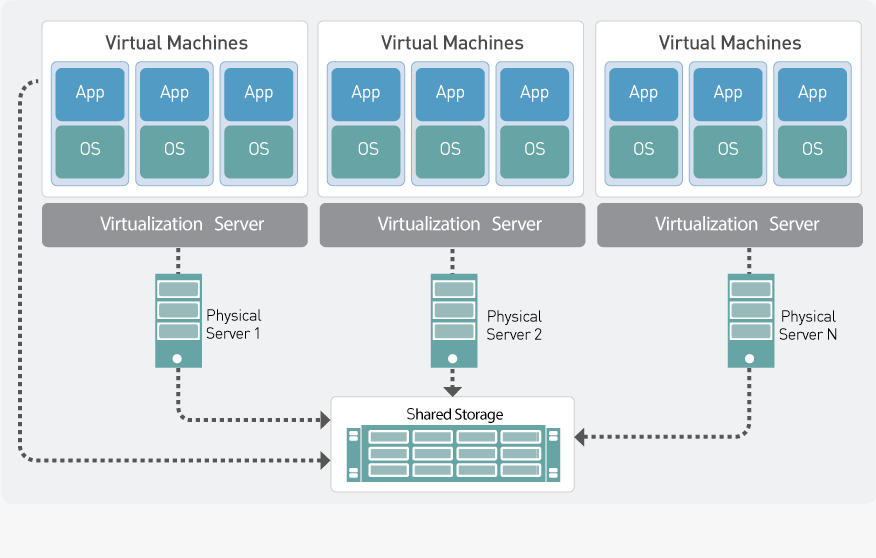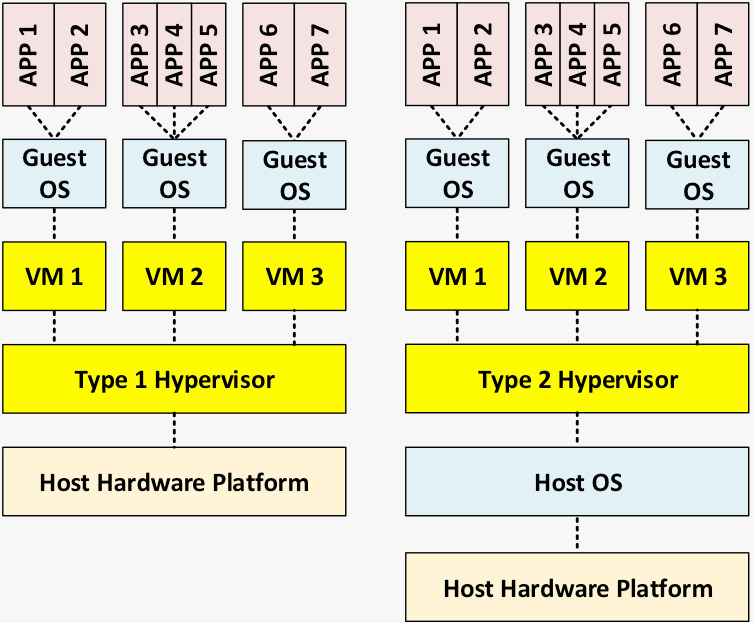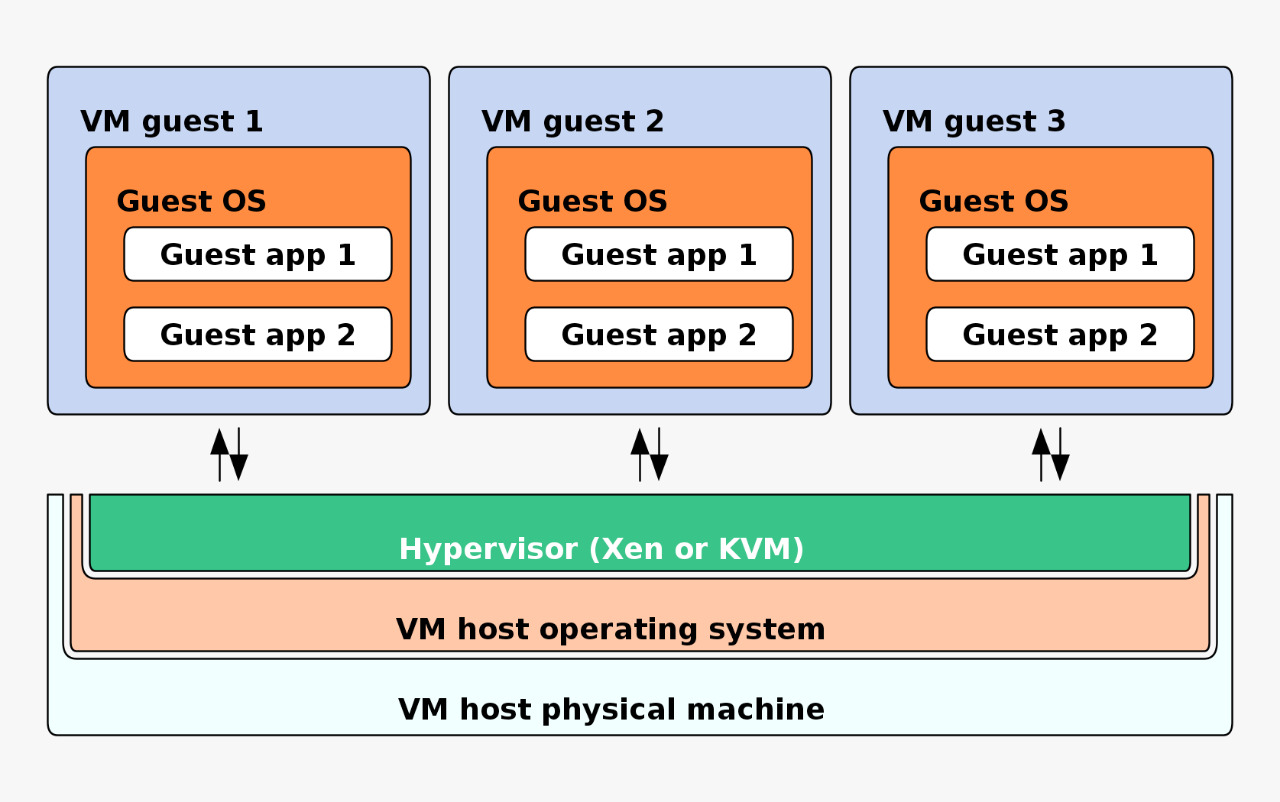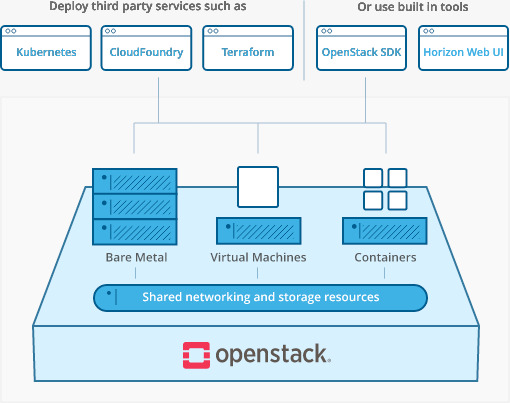Buzzwords
- Google BERT
- OpenAI GPT-3 DALL-E
- Google Imagen
- Midjourney
- Microsoft Florence
- Deep Mind Gato
- Industry 4.0
- Infrastructure as Code, (Ansible programming, Kubernetes and Docker includ ed),
- Software Defined Networking,
- scaleability and Bursting in the cloud
- Site Reliability and Observability
- Soft shoe A speech, explanation, sales pitch, or other set of remarks delivered in a restrained or conciliatory manner in order to persuade, distract, or otherwise influence someone.
- Terraform
- Kubernetics,
- TI,
- NSX-T,
- conbtainer as a service,
- repave,
- east-west
- north-south
- SDN
- legacy firewall,
- grow and shrink on demand,
- infosec,
- independent risk,
- multi-tenant,
- production worthy,
- vmware,
- vcenter (orchestrator),
Hypervisors, Containers, Virtualisation, KVM/Docker can work has hypervisor, VMWARE / PROXMOX are virtualisation OS with built in capabilit
Dockers is a container - so will need an OS, and then will make containers on top of it
so we use PDU's (Power strips) that taken an SNMP Command and supply power to the server or cut it off
we use a command that is sent via IPMI Interface to boot the PC, and check bios data and boot into OS (such as VMWARE / proxmox - which runs on debian, or xcp-ng which runs on centos, or pure simple ubuntu)
Once the machine is on, the containers spin on and start serving, all ip schemes eetc is handled by software, and when we dont need machines we just shut them down as we want to save power consumption
OS such as Ubuntu (has KVM / Docker built in) and can work as HyperVisor
VMWARE / PROXMOX are virtualisation OS with built in capabilit
Dockers is a container - so will need an OS, and then will make containers on top of it
VMWARE - No, HYPER-V No, these are proprietary Virtualiastion systems
You would either go with Proxmox / Xen or Pure simple KVM as the Base, and then inside this you will provision virtual machines that could host windows, docker etc
DC's don't use Blade Servers, Blades are for customers, not for Data Center owners. Yes we have high density servers, and yes we have stacks that let you compete with amazon. But Amazon code is not portable - so if code is written strictly for amazon - it can't be ported without changes
SDN's are a big part of how the internet gets delivered, and kubernates / dockers can't operate without them. The Stack to learn is called openstack https://www.openstack.org/) that is working on enabling how the internet and networks of the future will be built.
Your UNIFI / Amplifi all use SDN's in a matter of speaking
- Yes you can do vmware on raspi - but not a good idea - it's a very small machine - but for theory you can
- Aws uses KVM at the bottom layer and it's own version of Debian
- Azure uses Windows server and Hyper-V at their bottom end
- You can use XCP-NG (XEN) or Proxmox - System3 uses ProxMox
- No one uses VMWARE now :)
https://www.gartner.com/reviews/market/server-virtualization
There are 2 types of Hypervisors Type1 and Type 2
- Type 2 is you will install ubunut, and then install kvm or something
- Type 1 is you will install VMWARE / Nutanix / Prmoxmox
VMware or Oracle Virtualbox are hypervisors that manage the host resources. They can run on bare metal or on top of another OS as windows. AWS runs such a hyper visor on its baremetal servers. Yes there is boot and bios which trips the hyper visor to fire up much as it fires up windows. hypervisor functionally is more of is a Resource mapper to the guests instead of a full blown OS that’s it.
Docker can be similarly installed on your PC as Birtualbox, it has commands to create a container or load a standard docket image of say a Ubuntu machine with OracleDV pre built by someone else.

|
an overview of how servers are built and connected to storage |
 |
the difference between Type1 and Type 2 HV's. in type 2 - there is machine + OS + hypervisor (such as window) |

|
how this talks - So you have VM Host physical machine VM OS HYPERVISOR and then guest OS |

|
|